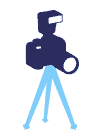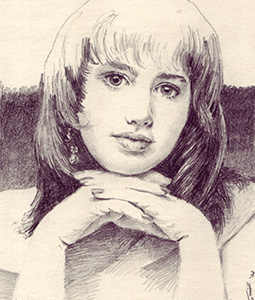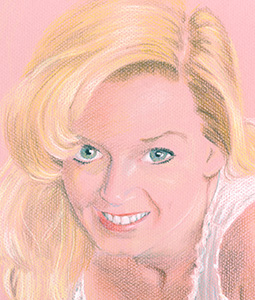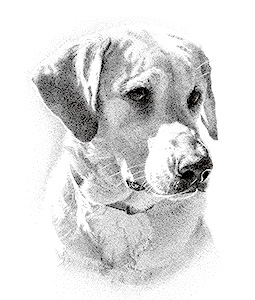So, you want to commission custom artwork from Craig Smith? Here's what you need to know.Pricing*:These are the base figures I start from when pricing the work. I can't give an official quote until we disuss the image you want and all the factors. This table will get you in the ballpark though.
Taking Reference Photos:"Selfies" rarely make good art.Let me just say, however, that I will work with whatever photos you provide, and I'm confident that you will still love the results. That being said, some images translate to artwork better than others. Here are some suggestions and tips to help you choose a photo that will look the best when translated into art. The higher the quality of image, the better the result. In this case the 'quality' I'm referring to is image resolution, size and amount of detail. The more the merrier. If the image is of lower resolution, slightly blurry or very dark, that reduces the amount of visual information I have that will define a likeness. Another keyword is "contrast". This means the range between the darkest dark and the lightest light of the image. For the photo to result in great artwork, it's best to have both dark areas, light areas, as well as varied and interesting midtones. When using a color photo as a reference for black and white artwork, many times, colors will have similar tones and make it hard to differentiate in the final piece. A good tip would be to photocopy the photo, or digitally change the image to black and white in an image editing program like Photoshop, to see if you lose any important definition. Lighting:Camera Flashes tend to wash out the faces and you lose the interplay of light that helps define the likeness. Having a strong light source (like the sun) coming in from the side of the figure is usually a good method of lighting and produces good results for art. Posing: A good tip is to not have your head aimed directly at the camera. The subject tends to look like they are staring, and makes the head look symetrical and the portrait usually ends up looking pretty uninteresting. Try tipping or turning your head a few feet to the left or right of the camera, and look back toward the camera only with your eyes. This also works when turning your entire body so that it isn't straight on toward the camera. Being at an angle with the camera makes the image more interesting, as does twisting your body at the waist (don't overdo it). |
||||||||||||||||||||||||||||





